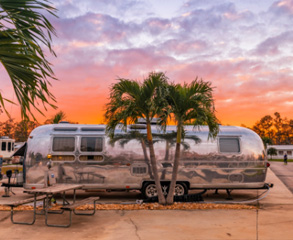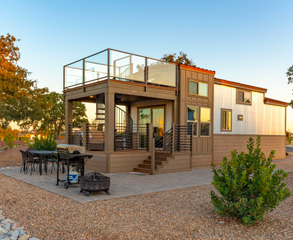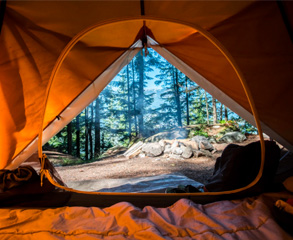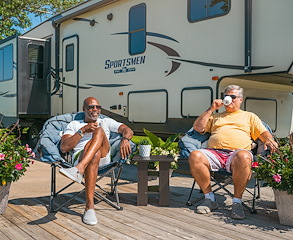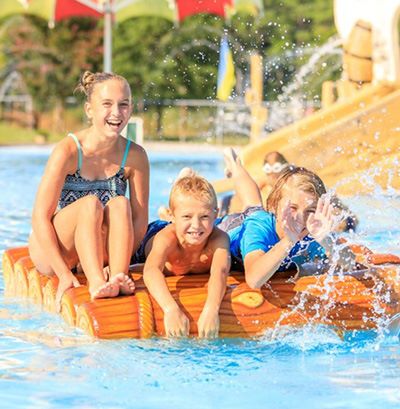Choosing the Best Size Tent
When buying a tent, the first step is choosing the right size. A general rule is to select a tent that fits 1–2 more people than will actually sleep in it, giving you extra space for gear.
If you're bringing along a pet, make sure to include their space in your calculations. A well-sized tent ensures comfort and organization during your trip.
Pro Tip: Check out our Camping Checklist for Beginners to make sure you pack everything you need!
Understanding Tent Seasonality
Next, consider the seasonality of your tent. Tents are categorized based on the weather conditions they are designed to handle:
3-Season Tents
Lightweight and breathable, these are ideal for spring, summer, and early fall. They offer good ventilation but aren't designed for snow or heavy winds.
3-4-Season (Extended Season) Tents
Also called 3+ season tents, these are more rugged than 3-season tents, handling cooler spring and fall conditions and light snow, while still suitable for summer use.
4-Season Tents
Built for winter and alpine camping, 4-season tents feature heavy-duty poles and fabric to withstand strong winds, heavy snow, and cold temperatures. They can be too warm for summer use.
Learn how to prepare for bad weather on the trail in our Guide to Camping in the Rain.
Different Types of Tents
Knowing the different types of tents helps you pick the best one for your camping style:
-
Pop-Up Tents – Easy setup, great for quick trips, but usually smaller and less durable.
-
Dome Tents – Stable in wind with a high center, though limited headroom.
-
Cabin Tents – Spacious, tall walls, great for families, often include room dividers.
-
Ridge Tents – Classic A-frame design, simple setup, limited space.
-
Tunnel Tents – Long and roomy, ideal for groups, need flat ground.
-
Vis-à-Vis Tents – Two sleeping sections with a central living area, good for privacy, heavier to carry.
Planning a family trip? Read our Family Camping Tips for a smoother adventure
Key Features to Consider
When buying a tent, consider these important tent features:
-
Tent Poles: Aluminum is stronger and lighter than fiberglass.
-
Height: Taller tents (high peak height) give more headroom and comfort.
-
Floor Length: Taller campers should look for at least 90 inches.
-
Doors: Multiple doors help with accessibility, especially in larger tents.
-
Rainproofing: Look for waterproof fabric + full rainfly for wet weather.
-
Ventilation: Mesh panels improve airflow and reduce condensation.
-
Tent Materials: Higher denier fabrics (150D+) are more durable.
Conclusion
With this tent buying guide, you can confidently choose the best camping tent for your needs. Whether you're going on a solo backpacking trip or a family camping weekend, the right tent will make all the difference.
Ready to plan your next adventure? Browse our Sun Outdoors Campgrounds to find your perfect camping destination.
Related Posts
